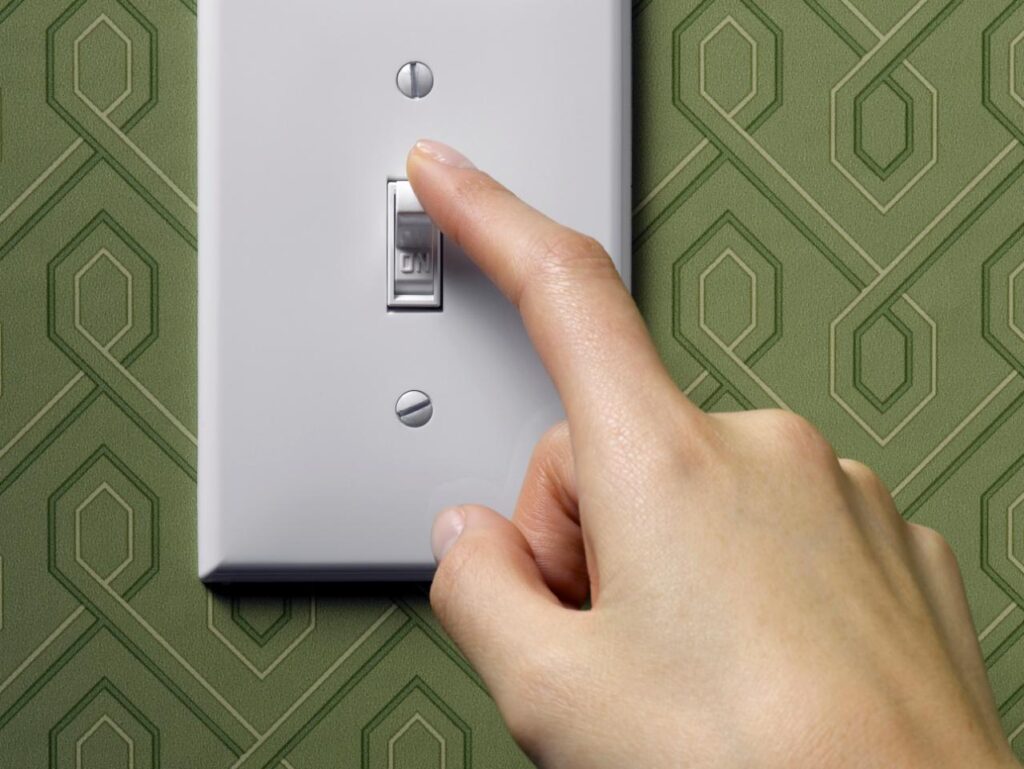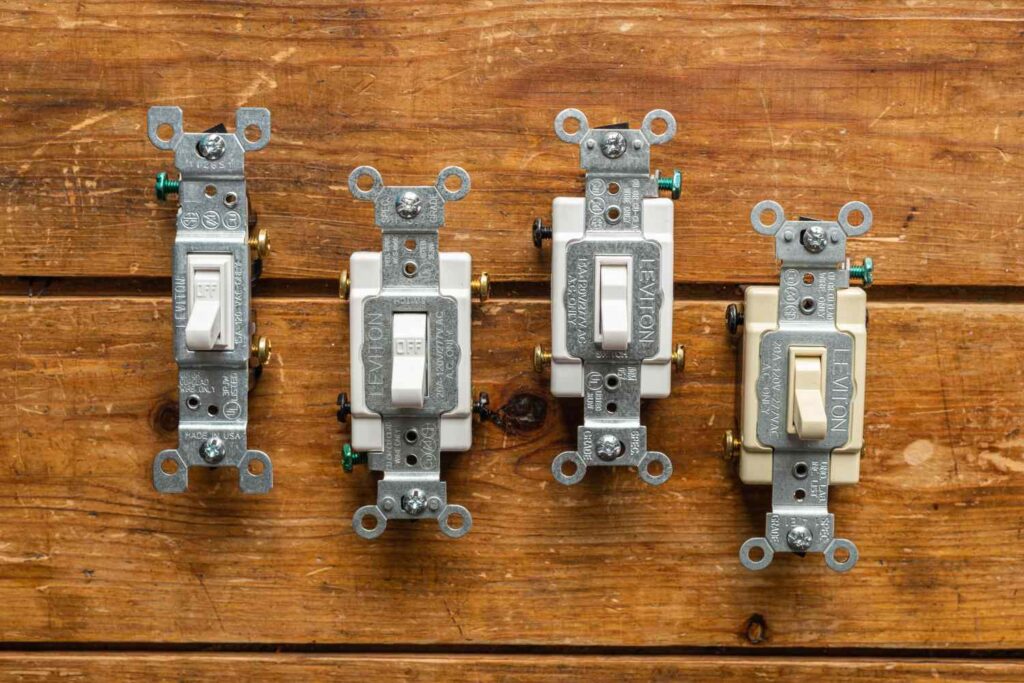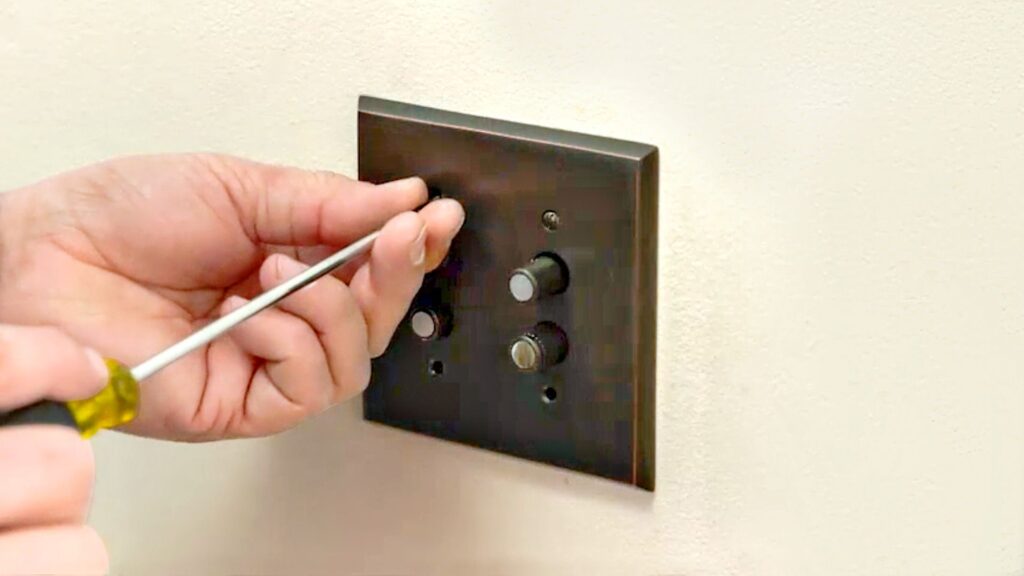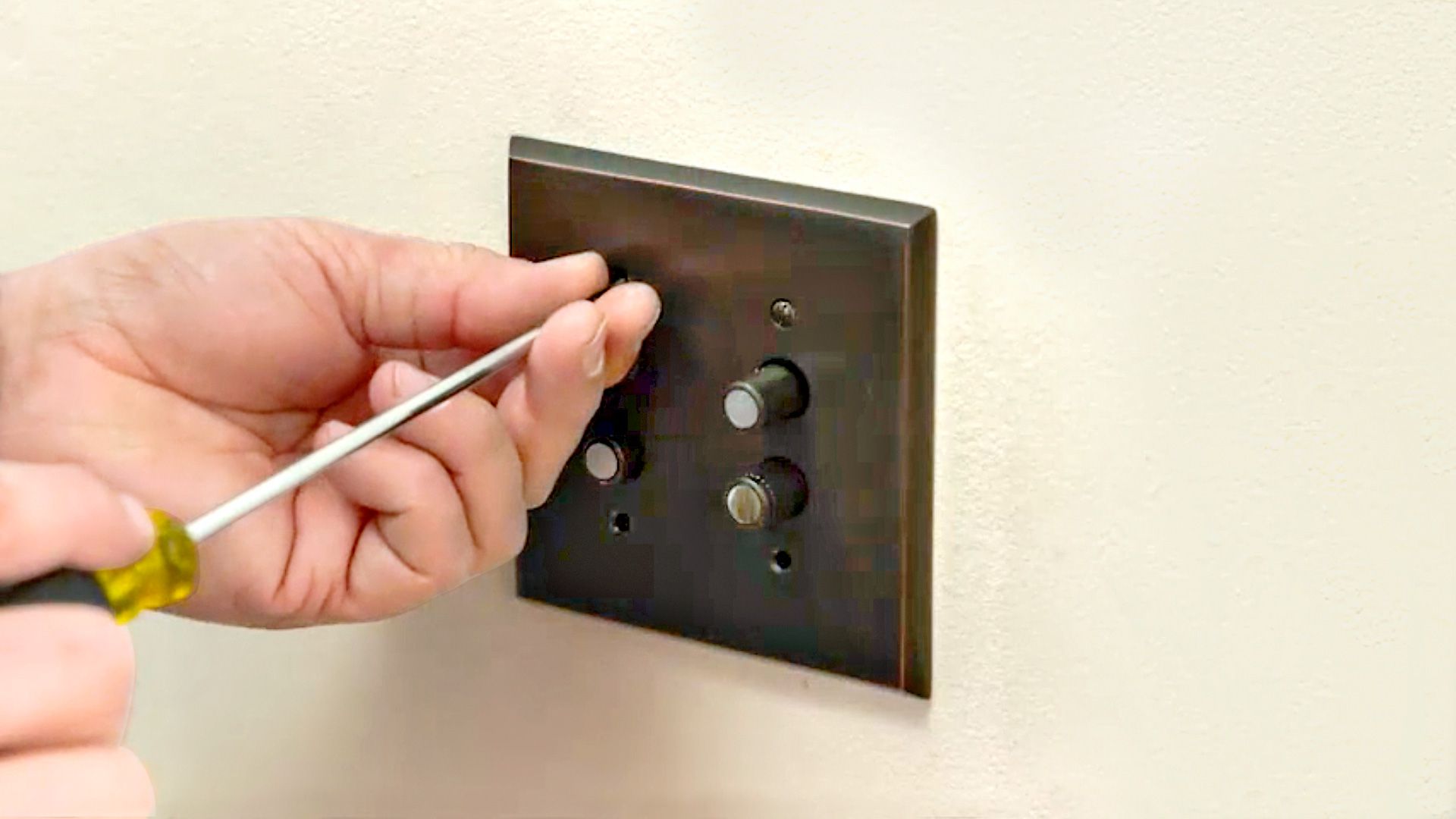Light switches play a vital role in home lighting systems, allowing us to control the flow of electricity and illuminate our living spaces. Understanding the different types of light switches and their functions is crucial when it comes to creating the perfect lighting setup. In this comprehensive guide, we will delve into the basics of light switches, explore the various types available, and discuss how they function. Additionally, we will provide useful tips for choosing the right light switch to meet your specific needs and complement your home decor.
Understanding the Basics of Light Switches
Before we dive into the specifics, let’s start by understanding the fundamental role that light switch play in our homes. Light switches are devices that enable us to turn lights on or off, providing control over the flow of electricity. They act as gatekeepers, allowing or preventing the passage of current to the light fixture.
But have you ever wondered about the history of light switches? The concept of controlling lights with a switch dates back to the late 19th century. Before the invention of light switches, people had to rely on gas lamps or candles to illuminate their homes. The introduction of light switches revolutionized home lighting, making it more convenient and safer. Learn more about types, applications, and installation of conduit fittings.
The Role of Light Switches in Home Lighting
Apart from their obvious function of controlling lights, light switches also play a significant role in enhancing home safety. By conveniently positioning switches near doors and entrances, we can easily illuminate our homes, deterring potential intruders.

Imagine coming home late at night and being able to turn on the lights with a simple flick of a switch. This not only provides a sense of security but also eliminates the need to fumble around in the dark, reducing the risk of accidents.
Additionally, light switches contribute to energy efficiency by allowing us to conserve electricity. By turning off lights when not in use, we can reduce our carbon footprint and contribute to a sustainable environment.
Did you know that there are different types of light switches available? The most common types include toggle switches, rocker switches, and dimmer switches. Toggle switches have a lever that moves up and down to control the lights, while rocker switches have a flat surface that can be pressed on one side to turn the lights on and the other side to turn them off. Dimmer switches, on the other hand, allow you to adjust the brightness of the lights to create the perfect ambiance in any room.
Key Components of a Light Switch
Understanding the key components of a light switch is essential for troubleshooting and maintenance. The three primary components of a light switch are the switch itself, the faceplate, and the wiring behind the switch.
The switch is the main control mechanism, typically featuring a toggle, rocker, or push-button design. It acts as an intermediary, connecting or disconnecting the electrical circuit to control the lights. The faceplate, on the other hand, is the visible cover that conceals the switch and wiring, providing a sleek and aesthetically pleasing appearance.
Behind the switch, there is a complex network of wiring that connects the switch to the electrical supply in your home. Understanding how these wires are connected is vital for proper installation or troubleshooting.
When it comes to wiring, there are different types, such as single-pole, three-way, and four-way wiring. Single-pole wiring is the most common and is used when there is only one switch controlling a light or a group of lights. Three-way wiring is used when two switches control the same light, allowing you to turn it on or off from different locations. Four-way wiring is used when three or more switches control the same light, providing even more flexibility in controlling the lighting.
Now that you have a better understanding of light switches, you can appreciate the role they play in our homes. From providing convenience and safety to promoting energy efficiency, light switches are an essential part of our everyday lives.

Different Types of Light Switches
Light switches are an essential part of our everyday lives, allowing us to control the illumination in our homes with a simple flick of a switch. While most of us are familiar with the basic single-pole switch, there are actually several different types of light switches available, each with its own unique functionality and purpose. In this article, we will explore some of the most common types of light switches and their applications.
Single-Pole Switches
Single-pole switches are the most common type of light switch found in homes. They are used to control a single light fixture from one location. A typical example is the switch found by the entrance to a room. With a single-pole switch, you can easily turn the lights on or off as you enter or exit a room, providing convenience and energy efficiency.
Double-Pole Switches
Double-pole switches, on the other hand, are commonly used in areas where larger currents or higher voltages are required. They are often used to control devices such as water heaters, air conditioners, or other appliances that draw more power. With a double-pole switch, you have the ability to completely disconnect the power supply to the device, ensuring safety and preventing any potential electrical hazards.
Three-Way Switches
If you want to control a single light fixture from two different locations, then three-way switches are the way to go. For instance, you might have a three-way switch at the top and bottom of a staircase, allowing you to turn the lights on or off from either end. This type of switch is also commonly used in large rooms with multiple entrances, providing convenient access to the lighting controls from different areas.
Four-Way Switches
In some cases, you may need to control a single light fixture from more than two locations. This is where four-way switches come into play. Four-way switches are used in conjunction with three-way switches to create a multi-location lighting control system. They are commonly used in large rooms, hallways, or areas with multiple access points, ensuring that you can easily turn the lights on or off no matter where you are.
Dimmer Switches
For those who desire more control over the lighting in their homes, dimmer switches are the perfect choice. Dimmer switches allow you to adjust the brightness of your lights, creating different moods or ambiances in a room. Whether you want a bright and vibrant atmosphere for a lively gathering or a soft and cozy setting for a relaxing evening, dimmer switches provide the flexibility to tailor the lighting to your specific needs. They are particularly useful in living rooms, bedrooms, or any area where flexible lighting options are desired.
As you can see, there is a wide variety of light switches available to suit different needs and preferences. From the basic single-pole switch to the versatile dimmer switch, each type offers its own advantages and applications. Understanding the different types of light switches can help you make informed decisions when it comes to lighting control in your home, ensuring that you have the right switches to create the perfect ambiance for any occasion.
How Light Switches Function
The Mechanism Behind Light Switches
Light switches work by interrupting or completing the electrical circuit that powers the light fixture. When the switch is in the off position, it breaks the circuit, preventing electricity from flowing and keeping the lights off. Conversely, when the switch is flipped on, it closes the circuit, allowing the passage of current and illuminating the lights.

Electrical Circuits and Light Switches
Understanding the role of electrical circuits is crucial in comprehending how light switches function. In a typical lighting setup, the circuit consists of a power source (such as the main electrical panel) and the light fixture. The light switch serves as the control point, utilizing the wiring to connect or disconnect the circuit.
When the switch is off, the circuit is open, and no electricity is flowing to the fixture. As a result, the lights remain off until the switch is flipped on, closing the circuit and allowing the current to reach the lights.
Let’s delve deeper into the inner workings of a light switch. The switch itself is a simple mechanical device, usually consisting of a lever or toggle that can be moved up and down or left and right. Behind the switch plate, there are electrical contacts that make or break the connection between the wires when the switch is operated.
When the switch is in the off position, the contacts are separated, creating an open circuit. This means that the flow of electricity is interrupted, and no current can reach the light fixture. The separation of the contacts ensures that the lights remain off, providing a safe and convenient way to control the lighting in a room.
On the other hand, when the switch is flipped on, the contacts come together, completing the circuit. This allows the current to flow from the power source, through the switch, and into the light fixture. The completion of the circuit enables the lights to turn on, illuminating the room and providing the desired level of brightness.
It’s important to note that light switches can come in various forms, including toggle switches, rocker switches, and dimmer switches. While the basic principle remains the same, the design and functionality may differ slightly. For example, dimmer switches allow you to adjust the brightness of the lights by controlling the amount of current flowing through the circuit.
In conclusion, light switches play a crucial role in controlling the flow of electricity to light fixtures. By interrupting or completing the circuit, they provide a convenient and safe way to turn lights on and off. Understanding the mechanism behind light switches and electrical circuits can help us appreciate the simplicity and effectiveness of this everyday device.
Choosing the Right Light Switch for Your Needs
Factors to Consider When Selecting a Light Switch
Several factors should be considered when choosing the right light switch for your specific needs. Firstly, consider the type of lighting setup you desire. If you want the ability to control the brightness, a dimmer switch is an excellent choice. Alternatively, if you need to control a single light from multiple locations, three-way or four-way switches are essential.
Secondly, assess your home decor and personal style. Light switches come in various designs, finishes, and colors, allowing you to find one that blends seamlessly with your interior design. From sleek modern designs to classic styles, there is a light switch to suit every taste.
Matching Light Switches to Your Home Decor
When it comes to matching light switches to your home decor, the possibilities are endless. Opting for faceplates that match the color scheme of your walls or complement existing hardware can create a cohesive and polished look. Additionally, consider the overall aesthetic of your home and choose light switches that enhance and accentuate the desired mood or ambiance in each room.
By understanding the different types and functions of light switches, you can make informed decisions when it comes to illuminating your home. Whether you need a single-pole switch for basic control or a dimmer switch to set the perfect mood, there is a light switch available to meet your specific requirements. Choose wisely, and enjoy the convenience, safety, and aesthetic appeal that well-selected light switches bring to your living space.
